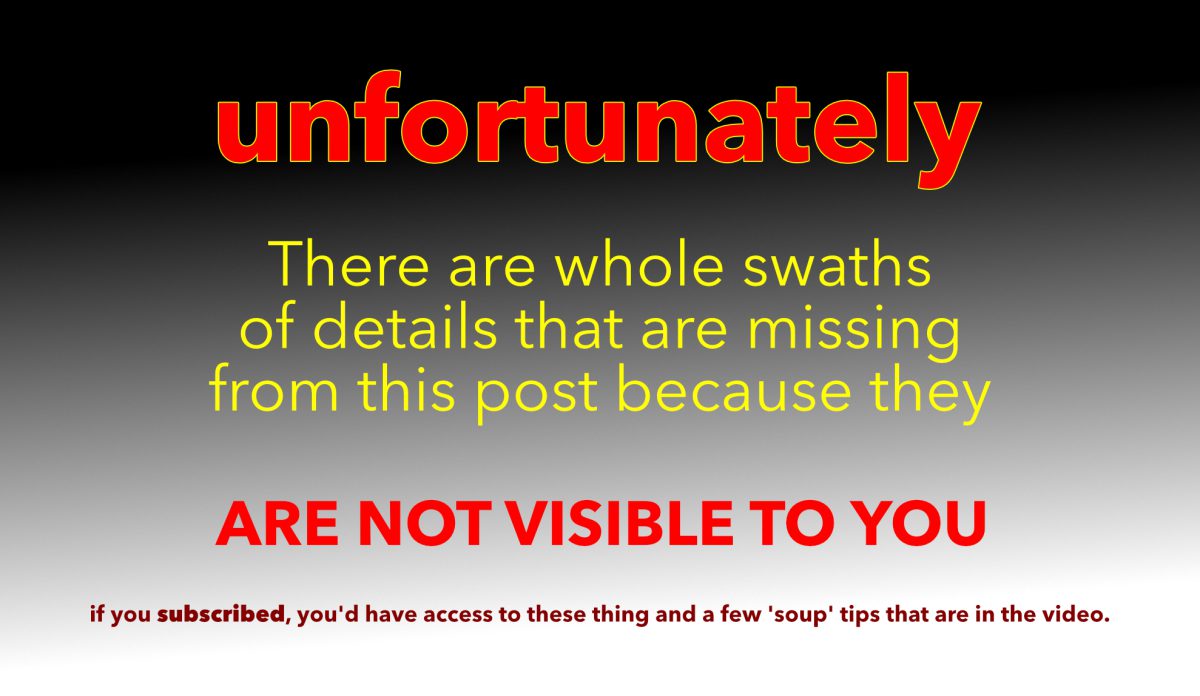The Salida. The Spanish word ‘Salida’ translates in English to ‘Exit’ or ‘Left’ as in the past tense of the verb to ‘Leave’. However when we apply this to Argentine Tango it means something else entirely different. It is a process that includes Cabeceo/Mirada, and the Entrada in the line of dance, as well as the Exit (Salida) from the dance, and walking your partner back to where you found them. In BsAs, or more formal Milongas in the world (including Encuentros), this means walking them back to their table. This is the process known as ‘Salida’. However with regards to the dance we typically only equate the word Salida with Entrada phase of the dance, and this is known as a ‘Salida’ Step. An entry (or exit) into (or from) the line and/or lane of dance. There is typically only one that gets talked about and or shown, and that’s the very typical couple side step into the lane of dance. There are, as you might imagine, loads of others. Today’s Tango Topic talks about a very specific and special one referred as the Dark Side Salida.
What is a Dark Side Salida ? It is a Salida step that is entered into from the ‘Closed’ side of the embrace. Typically any piece of vocabulary that is referred to as such is a Dark Side ‘X’, where ‘X’ is the vocabulary is the mirror copy of the Open side of the embrace. This has nothing to do with walking systems, or embrace formats. It only refers to the bi-lateral bisection of the body or in this case the couple’s embrace.
A Dark Side Salida on the other hand is a whole different ball of wax. It’s not your typical side step into the lane of dance, because … because doing so would step you out of the lane of dance and off the floor. 🙁 That would be bad. No. A Dark Side Salida step uses very simple, or basic, tango vocabulary put together to form figure in order to accentuate the ‘Closed’ side of the embrace AS the opening step of the dance! To be fair, while you can use this piece of vocabulary at nearly any point in the dance, employing as the Salida step has certain benefits, one of which is that it has incredible musical properties (not shown in the video).

About The Video. This video is 12 Minutes in length and shows a very specific Salida step that you can use in the opening of your dance. It can not be purchased at this time, and is only available to Tango Topics Subscribers in the Technique Library.

